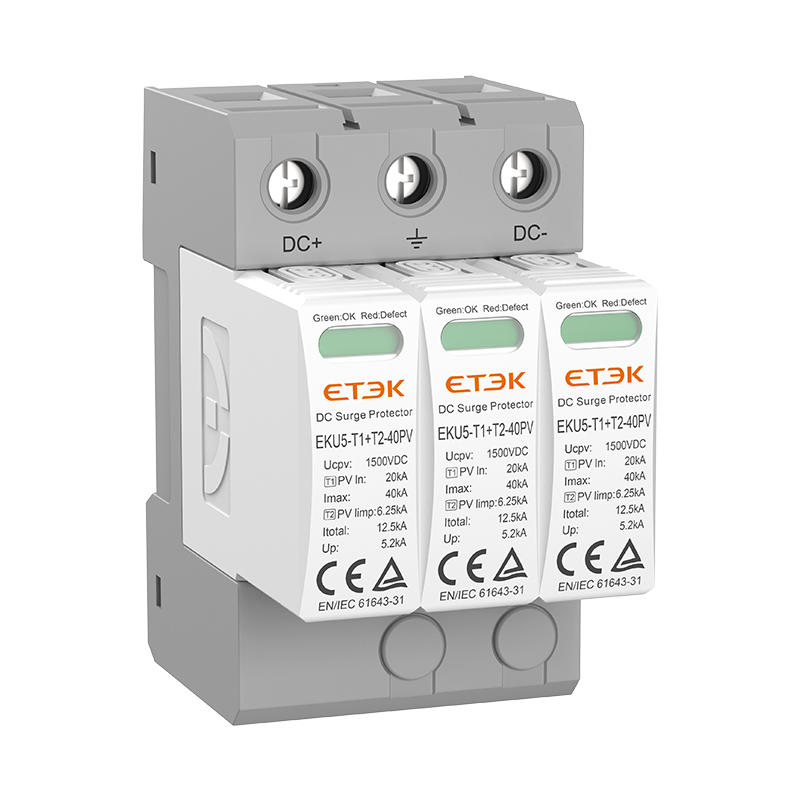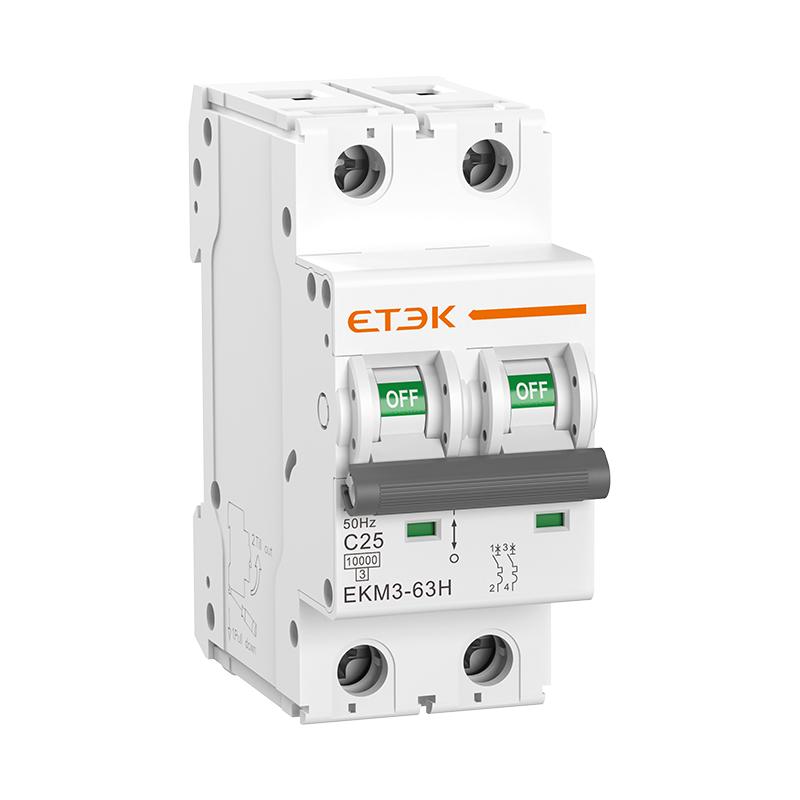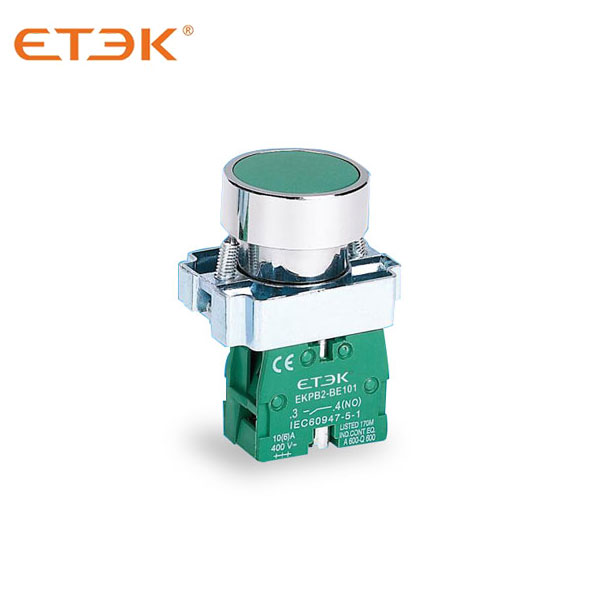How is a Contactor Connected?
Notice:
The connection method of different contactors may be different, follow the manufacturer's instructions and wiring diagram of the contactor before connecting, and take appropriate safety precautions to avoid any danger.
1. Power connection
Mains power is connected to the input terminal or line side of the contactor.
It's done by connecting the hot (phase) wire to one terminal and the neutral wire to the other. In some cases, it is also possible to connect a separate ground wire to the contactor.
2. Load connection
A load, such as a motor or other electrical equipment, is connected to the output terminal or load side of the contactor.
Connect the live wire of the load to one terminal and the neutral wire of the load to the other terminal.
Likewise, ground can be connected if desired.
3. Control circuit connection
The contactors are controlled by a separate control circuit, which usually includes a control voltage source, such as a control transformer or a low voltage power supply.
The control circuit is connected to the control terminals of the contactor, usually labeled "coil" or "control coil". Control voltage is applied to these terminals, energizing the contactor and closing the contacts.
4. Control switch connection
A control switch, such as a push button or a relay, is connected in series with the control circuit to control the operation of the contactor. When the control switch is closed, it allows the control voltage to flow through the control circuit and energizes the contactors.
When the control switch is turned on, the contactor is de-energized, the contacts open, and the circuit is broken.






.jpg)





